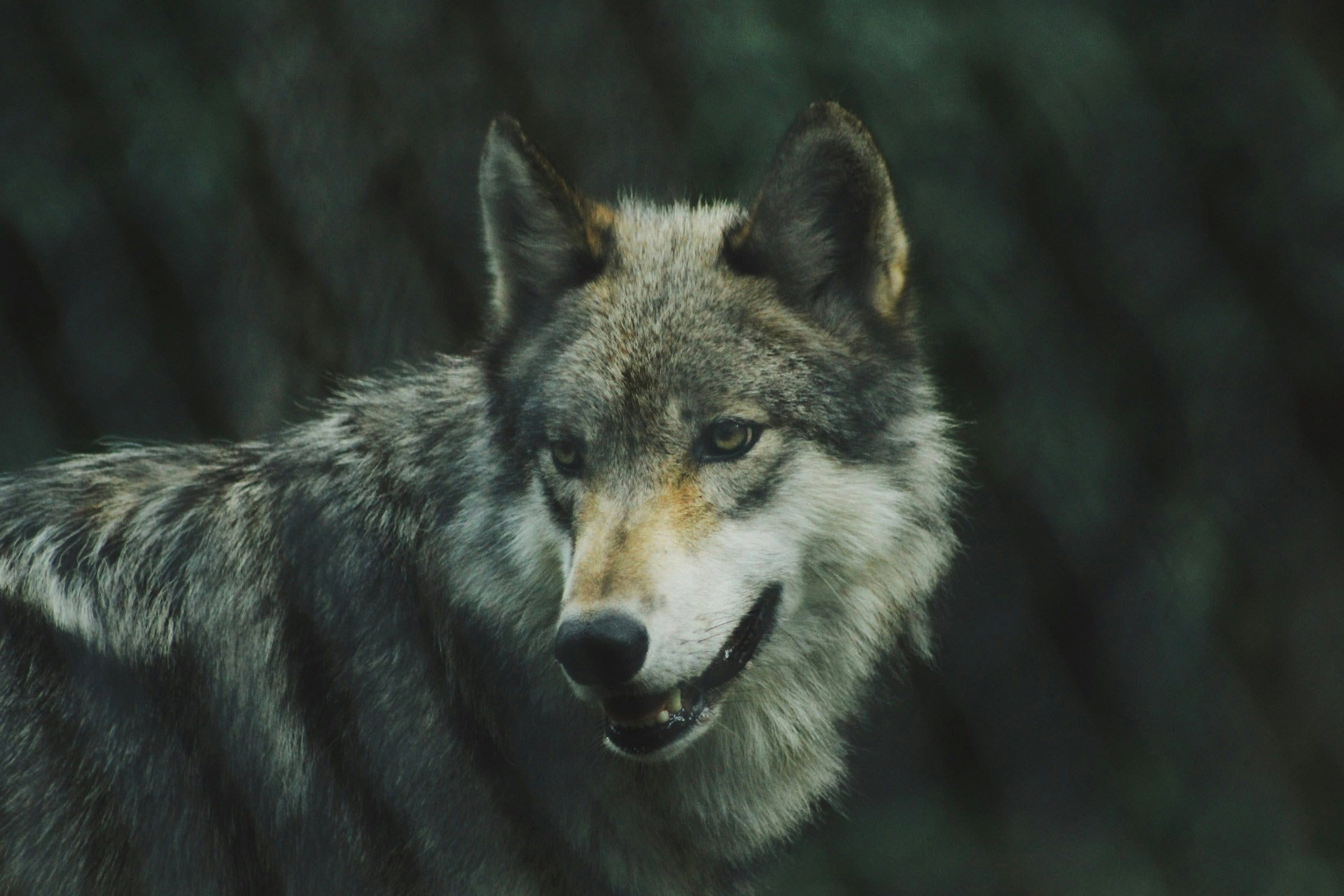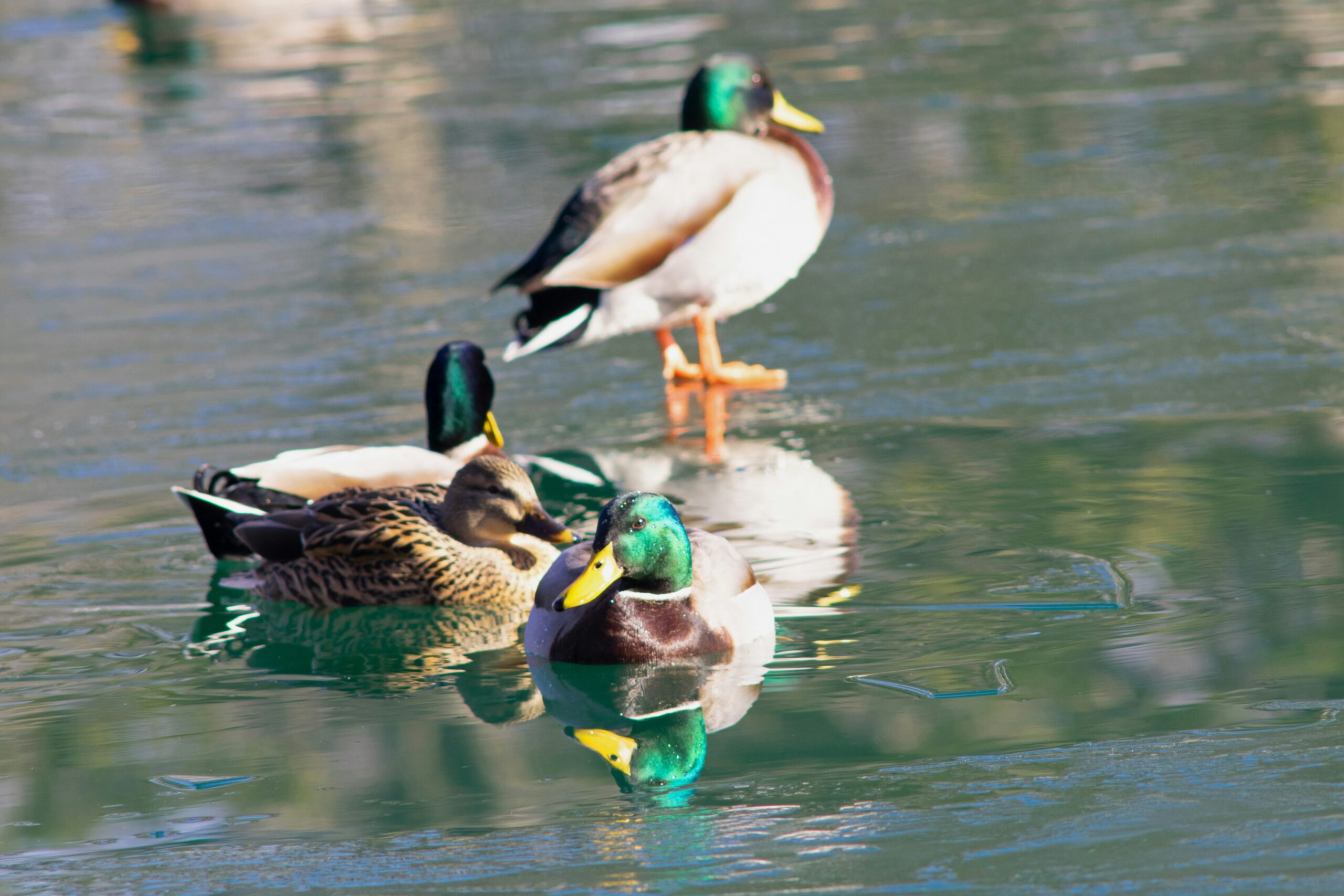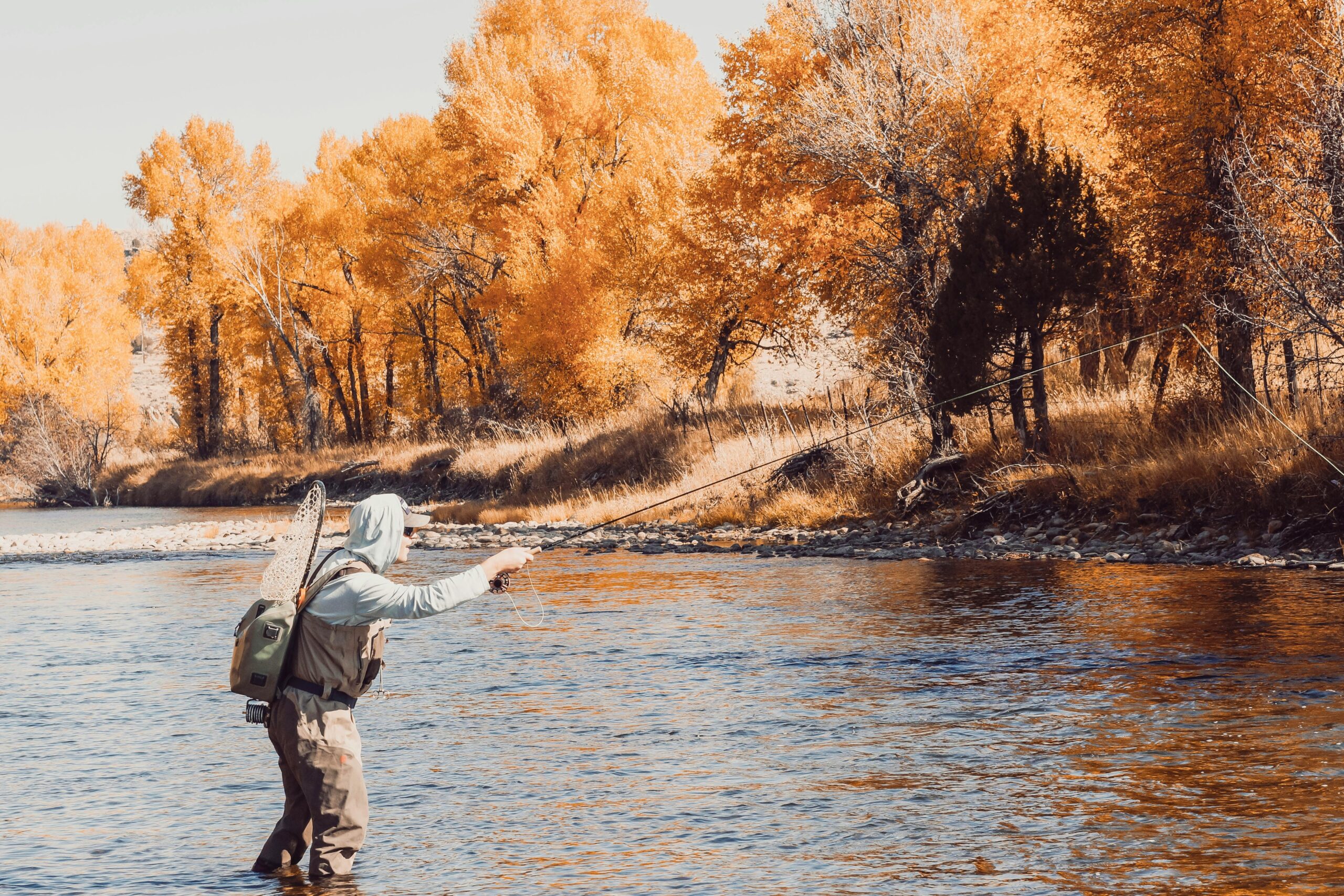Recreational land refers to land that is primarily used for enjoyment and relaxation. Recreational land is designed for outdoor activities and nature appreciation, unlike residential or agricultural properties designed for living or farming. This type of land is great for people who want to get away from the daily grind and just relax.
Recreational land is also a viable long-term investment. With people increasingly looking for nature and outdoor experiences, owning a piece of land that offers this can become more valuable over time. It's a place where you are free to set up camp, hike, fish, or just enjoy a sunset without a building in sight. And as the world gets busier, these spots become even more of a rare find.
Key Features and Benefits
Benefits of Owning Recreational Land
Personal Enjoyment: This is your go-to spot for relaxation, fun, or quiet moments, nestled in your own share of the outdoors, perfect for time with family and friends or some much-needed alone time.
Investment Potential: While recreational land can certainly be enjoyed now, over the years, its value might grow, turning it into a smart financial move for your future.
Conservation Opportunities: Owning land gives you the chance to protect and care for the wildlife and plants that call it home, making a positive impact on the environment.
Versatile Use: Whether you are into relaxing, fishing, hiking, boating, hunting, or camping under the stars, your land adapts to whatever adventure you choose.
Legacy Building: More than just land, it is a future family legacy, a place of cherished memories and retreats that can be passed down to inspire a spirit of adventure for generations.
Recreational Activities and Uses
Hiking and Trail Running: Your own trails mean no crowds, just peace and quiet as you trek or run through nature's best scenery right at your doorstep.
Hunting and Fishing: Enjoy the thrill of the hunt and the serenity of fishing on your private property, where the only competition is between you and nature.
Camping and Glamping: Pitch a tent or set up a comfy outdoor living space for weekend escapes without leaving your property.
Wildlife Observation: Spot birds and wildlife on your own land, turning every walk into an unexpected adventure.
Off-Roading and ATV Riding: Designate parts of your land for ATV fun, creating tracks that offer adrenaline-pumping rides through your own backwoods.
Winter Sports: When your piece of property is a winter wonderland, activities like snowshoeing and cross-country skiing become your new favorite way to spend the colder months.
Purchasing Recreational Land
What to Consider When Buying Recreational Land
Location and Accessibility: The ideal location should strike a balance between being close enough for easy trips, secluded enough for privacy, and accessible enough that getting there does not feel like an expedition.
Natural Features: Look for land near national parks, with private lakes or rivers, varied landscapes, and areas where wildlife thrives, enhancing your natural land.
Zoning Laws and Restrictions: Make sure you know the rules for what you can do and build on your land to avoid surprises.
Environmental Protections: It is important to identify any conservation requirements or presence of protected species that could influence how you enjoy your land.
Utilities and Infrastructure: If you are thinking about building, check the availability of key resources like water and power to ensure your land can support your plans.
Future Development Potential: Consider how the land might increase in value or how it could be developed to match your long-term goals.
Zoning and Regulations
Familiarizing yourself with current zoning laws, restrictions, and regulations is critical before buying recreational property. These rules dictate what you can do on your land. They are there to make sure the land use is in line with the area’s environmental strategies and future plans.
Understanding what is and is not allowed can save you from running into trouble down the road. For example, you might find out too late that your new land does not allow ATVs or that you can not build where you planned because of wildlife protection efforts. Knowing about recreational land zoning regulations is vital for ensuring legal compliance, making informed development decisions, protecting the environment, aligning with community standards, managing financial aspects, ensuring safety, and planning for the future.
Investment Potential
Recreational land is not just a haven for outdoor enthusiasts. It is also a smart investment. Unlike other real estate investments, recreational properties are typically on undeveloped land, making them less expensive while having a significant potential for appreciation. The increasing desire for secluded destinations and private outdoor experiences can drive up demand, making your investment more valuable over time.
Also, compared to residential or commercial properties, recreational land typically has lower maintenance costs. This aspect, combined with the potential for tax benefits related to conservation use, makes it an appealing option for those looking to diversify their investment portfolio.
Finance Options and Tax Implications
Traditional Loans: Banks and other financial institutes sometimes have special loans specifically for land purchases. These can help you invest in the location of your dreams.
Owner Financing: Sometimes, the person selling the land will lend you the money directly. This can come with fewer rules and more flexible payment terms.
Government Programs: There are grants and loans available to help people buy land for the purpose of conservation or farming. It is worth looking into if your plans align.
Tax Considerations: Owning recreational land can sometimes give you a break on taxes, especially if you are using it to protect nature, farm, or manage forests.
Getting Started
Steps to Purchasing Recreational Land
Figure Out What You Want: Start by thinking about how you plan to use the land. This helps narrow down your search to the right type of property.
Budget: Know how much you can spend, including the purchase price and future costs like taxes and upkeep.
Research: Look for available land that fits your criteria. Online listings, land real estate agents, and auctions are good places to start.
Visit the Land: Seeing the property in person can help you get a feel for the place and decide if it is right for you.
Check Zoning Laws and Regulations: Make sure you can use the land the way you want by understanding local laws.
Finance: Determine how you will pay for the land. This might mean getting a loan, finding government funding, or negotiating with the seller.
Make an Offer: Once you find the ideal property, it is time to make an offer and negotiate with the seller.
Hiring Land Professionals
When buying recreational land, having the right team can make all the difference. Realtors, legal advisors, and other experts who know the ins and outs of land purchases can guide you through the process, avoid pitfalls, and make sure you are getting what you want.
Look for Experience: Choose professionals who specialize in recreational land. They will have the expertise you need.
Check References: Ask for and follow up on references to ensure they are reputable and have satisfied clients.
Understand Their Fees: Know what and how they charge, whether it is a flat fee, hourly rate, or commission, so there are no surprises.
Communicate Regularly: Communication is always key. Make sure they communicate well and keep you informed throughout the process.
Looking for Recreational Land in the Pacific Northwest?
Whitney Land Company has been matching folks with their dream property since 1970. Whether you are eyeing a quiet fishing spot, ample hunting land, or a cozy campsite under the stars in the Pacific Northwest, we know the land, and we understand what you want. We have tons of recreational land for sale on our website. Give us a call at 541-278-4444 to find that perfect piece of recreational land, and start turning those dreams into your own piece of reality. It is what we love to do.
Frequently Asked Questions
What is the definition of recreational land?
Recreational land is any land primarily used for leisure and enjoyment, like camping, hiking, or hunting, rather than for residential or commercial purposes.
Is recreational land a good investment?
Yes, recreational land offers excellent investment opportunities. Besides offering a personal retreat, recreational land can appreciate in value, especially if it is in a sought-after location or has unique features.
Can you live on recreational land in California?
It depends on the zoning and regulations of the specific property in question. Some recreational lands allow for permanent structures while others do not, so it's important to check local laws.
What can you use recreational land for in Oregon?
In Oregon, recreational land can be used for a variety of activities, including camping, fishing, hunting, hiking, and sometimes even agricultural endeavors, depending on zoning laws and regulations.






























